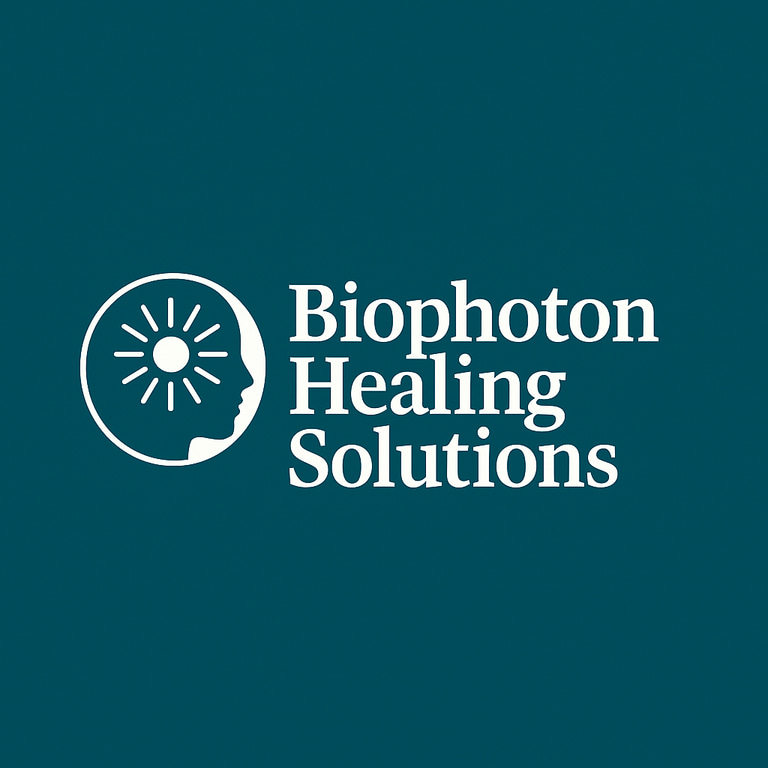How Are Stem Cells Generated in the Body, and How Does the Body Regenerate Its Stem Cells?
To appreciate how biophoton therapy might aid stem cells, it’s important to understand how stem cells normally arise and renew in the body. Stem cells are unique cells capable of both self-renewal (making more of themselves) and differentiation (maturing into specialized cell types)nature.com. In developing embryos, pluripotent stem cells give rise to all the body’s tissues. After birth, we retain various pools of adult stem cells (also called somatic or tissue-specific stem cells) that serve as a built-in repair system.
In adult organisms, stem cells act as a repair and maintenance system for the body, replenishing cells lost to wear-and-tear or injury. They reside in protected niches in many organs. For example, the bone marrow harbors hematopoietic stem cells (HSCs), which continuously produce all the blood cells throughout our life (a process called hematopoiesis). These HSCs regularly self-renew and differentiate into red blood cells, white blood cells, platelets, etc., maintaining the blood supply. The intestines provide another vivid example: intestinal stem cells located at the base of microscopic crypts divide constantly to replace the lining of the gut, which renews every few days. Our skin has epidermal stem cells in the basal layer that generate new skin cells and hair follicles. Our muscles contain satellite cells (muscle stem cells) that activate when muscles are damaged or exercised, producing new muscle fibers. Even the brain, once thought to lack regenerative capacity, contains neural stem cells in certain regions (like the hippocampus and the ventricular zone) that can produce new neurons, especially in response to injury or learning.
The body “generates” stem cells mostly by preserving them from development and then replicating them as needed. By the time we’re born, the foundational stem cells for each tissue are already in place. From then on, it’s about regulating those cells. In a normal state, many adult stem cells are kept quiescent (dormant) in their niches. They divide infrequently to avoid exhaustion or cancerous growth. When a stimulus comes – say, tissue damage or a growth signal – the niche will send signals (like growth factors, cytokines, or even neural inputs) that cause some stem cells to activate. An activated stem cell will undergo a division where it often produces one copy of itself (to remain in the niche) and one progenitor cell that will further differentiate. This is how the body regenerates tissues without depleting its stem cell reserve: a balance of self-renewal and differentiation through mostly asymmetric cell division.
The microenvironment or stem cell niche plays a critical role in regeneration. It provides structural support and secreted factors that keep stem cells either in a self-renewing state or push them to develop into specialized cells as needed. For instance, bone marrow stem cell niches involve supporting stromal cells, blood vessel contacts, and molecular signals like Wnt and Notch that together decide if an HSC stays dormant or starts producing blood cells. The body can also replenish stem cells if some are lost. Certain stem cell populations (like HSCs) can perform symmetric division to produce two stem cell daughters when the pool needs expanding (for example, after an immune challenge or blood loss). Additionally, there is evidence that under extreme demand, some more differentiated cells might revert to a stem-like state to compensate (though this is not common).
Importantly, stem cell activity declines with aging – niches become less supportive and stem cells accumulate damage. This is why older individuals heal slower and have fewer new cells being produced (e.g., older bone marrow has fewer HSCs and produces less robust immune cells). Research into regenerative medicine often aims to restore a more youthful stem cell function, either by transplanting fresh stem cells or by rejuvenating the body’s own stem cells.
In summary, the body generates stem cells during development and maintains them through life by localized self-renewal in niches. Adult stem cells are constantly at work: replacing blood, healing wounds, regenerating the gut lining, etc., in a cycle of quiescence and activation. They are sustained by niches that provide the right signals to either keep them as stem cells or allow them to proliferate and mature. “In adult organisms, stem cells act as a repair system for the body, replenishing adult tissues” and maintaining the normal turnover of regenerative organs like blood, skin, and intestine. The body regenerates its stem cell pools primarily by self-renewing divisions (each stem cell can spawn at least one new stem cell when it divides), ensuring a continuous, though gradually slowing, supply of these vital cells throughout our lives.
